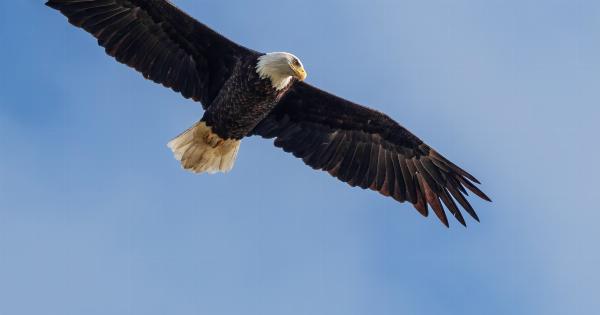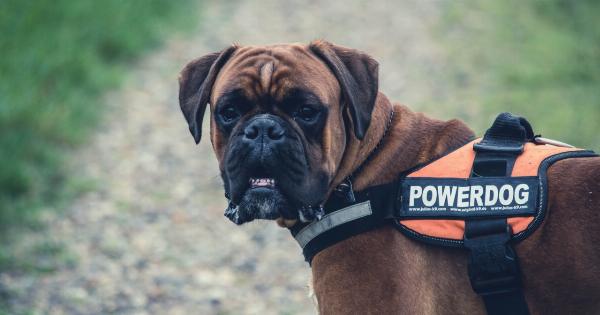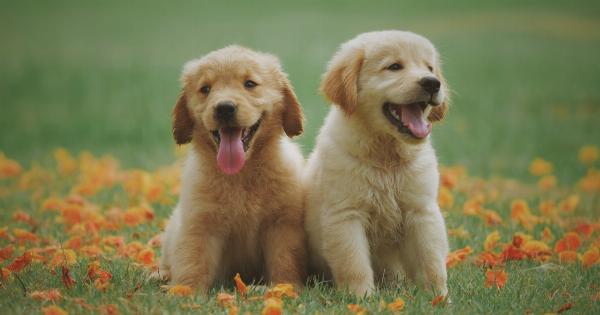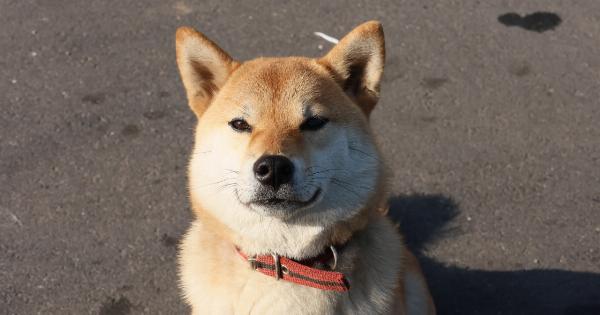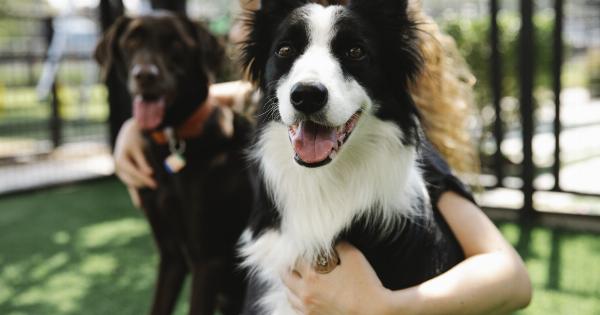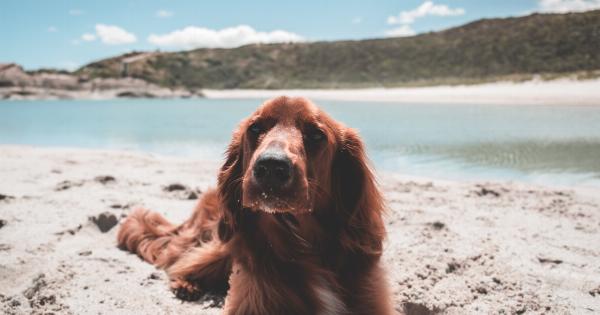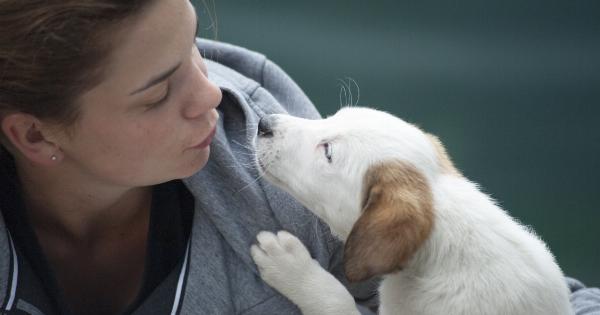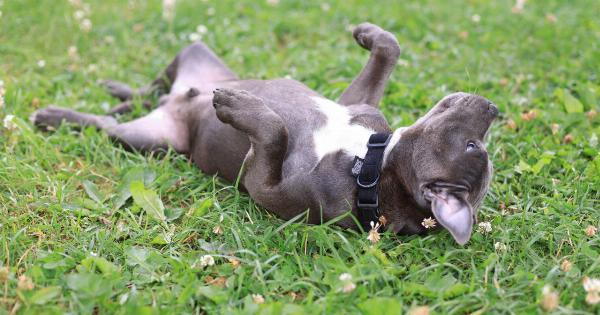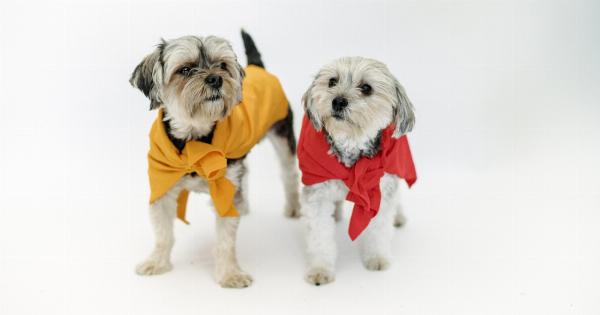The domestication and breeding of dogs is one of the most significant achievements in human history. Humans have been working with dogs for thousands of years, selectively breeding them to create a vast and diverse range of breeds.
These breeds have been developed for specific purposes, such as hunting, guarding, and companionship, and they each have their unique traits, physical characteristics, and temperaments. This article explores the history of dog breeds, from their origins to the present day and the role they have played in human civilization.
The Origins of Dog Breeds
The exact origins of dog breeds are still a topic of debate among scientists and historians. However, most experts agree that domesticated dogs descended from wolves, which were first domesticated as early as 15,000 years ago.
These early dogs were not bred for specific purposes but rather lived alongside humans, providing companionship and help with tasks such as hunting and guarding.
Over time, humans began to selectively breed dogs for specific traits and purposes. For example, some breeds were developed for herding, while others were bred for hunting or guarding.
This selective breeding led to the development of many different breeds, each with its unique characteristics.
The Early History of Dog Breeds
The early history of dog breeds is closely linked to human history. Ancient civilizations, such as the Egyptians, Greeks, and Romans, all worked with dogs, using them for hunting, guarding, and companionship.
These civilizations also began to develop specific breeds, such as the Greek Hounds and the Roman Molossus, which were specifically bred for hunting and guarding.
In many parts of the world, indigenous peoples also developed their own breeds of dogs.
For example, the Inuit people of Northern Canada bred sled dogs, while the nomads of Mongolia developed the Tibetan Mastiff, a large and powerful breed used for guarding flocks and camps.
The Age of Exploration and Dog Breeds
The Age of Exploration, which began in the 15th century, led to the spread of dog breeds around the world.
European explorers brought their dogs with them on their travels, and these dogs began to breed with local dogs, leading to the development of new breeds. For example, the Spanish Conquistadors brought their Mastiffs to the Americas, where they bred with local dogs to create the unique American Pit Bull Terrier.
The Age of Exploration also led to the development of new breeds specifically for exploration and travel. For example, the Portuguese Water Dog was bred for its ability to swim and work on fishing boats, while the St.
Bernard was developed in the Swiss Alps to rescue stranded travelers.
The Industrial Revolution and Dog Breeds
The Industrial Revolution, which began in the 18th century, had a significant impact on dog breeds. As people moved to cities, their needs for dogs changed. Dogs were no longer needed for hunting or herding but rather for companionship and guarding.
This led to the development of many new breeds, such as the Bulldog, which was bred for its ability to guard and protect property, and the Poodle, which became popular as a companion dog.
The Industrial Revolution also led to the breeding of dogs specifically for sports and entertainment. For example, the Greyhound was developed for racing, while the Bull Terrier was bred for fighting.
The Modern Era of Dog Breeds
Today, there are over 300 breeds of dogs recognized by the American Kennel Club (AKC), each with its unique characteristics and traits.
In recent years, there has been a growing interest in designer and hybrid breeds, which are created by crossing two or more breeds.
Despite the many different breeds of dogs, there are still vast populations of dogs living on the streets or in animal shelters. These dogs are often mixed breeds, but they still provide love and companionship to their human companions.
The Future of Dog Breeds
The future of dog breeds is uncertain. There is a growing concern among some experts that breeding practices have led to health problems in many breeds.
Inbreeding, which is often used to create a specific look or trait, can lead to genetic abnormalities and health issues. Some experts are calling for more responsible breeding practices to address these issues.
Another concern is the role of designer and hybrid breeds. While many people love these unique and often adorable dogs, some experts worry that these breeds are often bred without regard for their health or temperament.
Despite these concerns, dogs will undoubtedly continue to be an essential part of human life.
These loyal and loving animals have been our companions for thousands of years and will continue to provide us with joy, comfort, and love for many more years to come.


